I live in central Alaska where it can get down to 50 or 60 below zero. ALL of the exterior framing is 2×6 if not 2×4 staggered studs on a 2×8 plate. But mostly just 2×6 with r-19 to r-21 fiber glass. Roofs(unless shoddy and cold,or hot depending on how you look at it) are 2×12 or trusses with at least r-38. I blew fiberglass into these 10 cabins last year that some guy built for rentals. He was to pay the heat so I ended up piling over 20 inches of insulation in each attic. The bags didn’t even say how much r that was. But I figured it was about r-50. If there is such a thing. My biggest question though is this. Some old timers around me tell me that putting more than r-21 in your walls is a waste of time because of the obvious fact that heat rises, and that the ceiling is more important. However it just seems like a thicker wall would work better.. Am I still just young and naive..
Discussion Forum
Discussion Forum
Up Next
Video Shorts
Featured Story
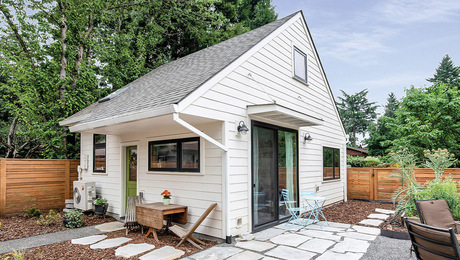
Key proposals for the next edition of the International Residential Code tackle room sizes, stair specs, emergency egress, and deck guards, among other requirements.
Highlights
Fine Homebuilding Magazine
- Home Group
- Antique Trader
- Arts & Crafts Homes
- Bank Note Reporter
- Cabin Life
- Cuisine at Home
- Fine Gardening
- Fine Woodworking
- Green Building Advisor
- Garden Gate
- Horticulture
- Keep Craft Alive
- Log Home Living
- Military Trader/Vehicles
- Numismatic News
- Numismaster
- Old Cars Weekly
- Old House Journal
- Period Homes
- Popular Woodworking
- Script
- ShopNotes
- Sports Collectors Digest
- Threads
- Timber Home Living
- Traditional Building
- Woodsmith
- World Coin News
- Writer's Digest

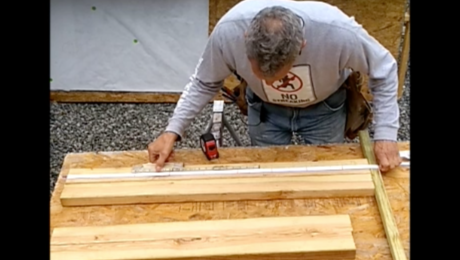
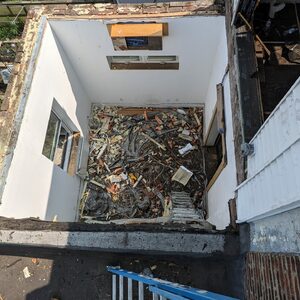
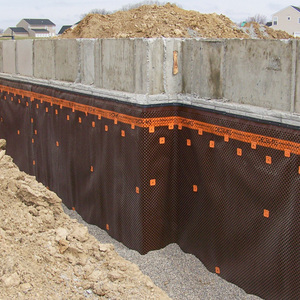

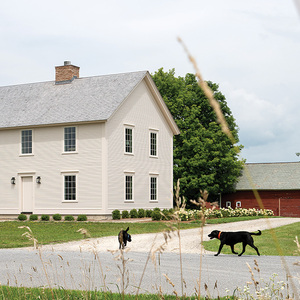













Replies
http://www.owenscorning.com/foryourhome/
I'll just start you off with a good site for information about fiberglass insulation. Basically, what you've heard is correct. What's overhead is more effective than what's in the walls...but it's all relative.
Well there is such a thing as R50 of course, but whether that is what you ended up with we don't know at his point. Heat rises? Well to be more correct, hot air rises which usually makes the ceiling warmer than the walls and hence more heat transfer because of the temperature difference, so because of this and the fact that we usually have more room in the ceiling or attic, that is where the greater insulation is placed. Radiant heat doesn't necessarily go up and conductive heat doesn't necessarily go up.
However from a purely economic standpoint, every added R number you add, the financial payback is longer than the point you started from. As an example, going from R1 to R4 might have a financial payback of 2 years but going from R4 to R7 might be 5 years. It is not a simple linear payback thing because material costs and labor costs are not linear and insulation doesn't come in only blocks of R3 or whatever.
Here is where the formula is: http://www.eere.energy.gov/consumer/your_home/insulation_airsealing/index.cfm/mytopic=11360